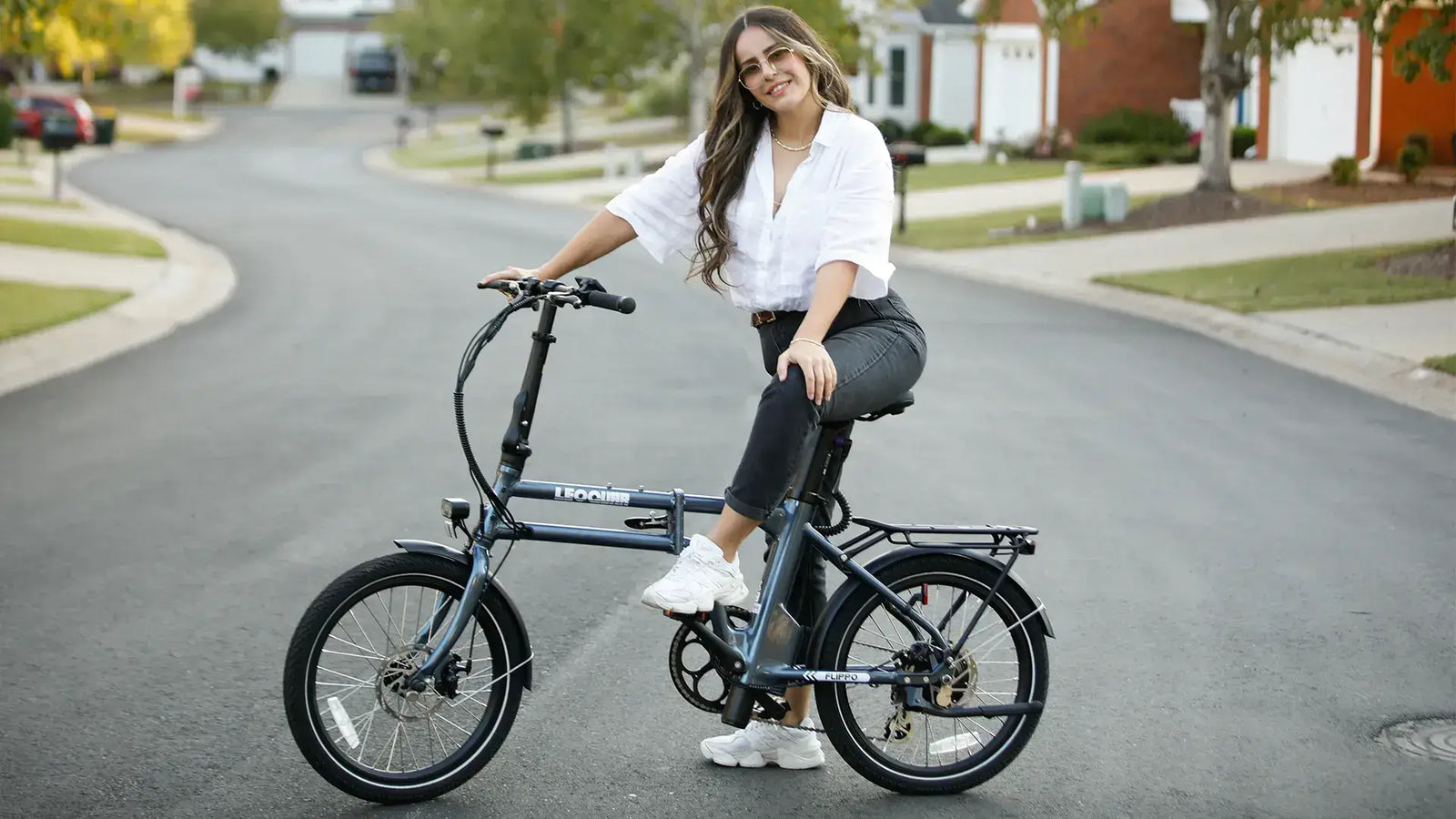
California Electric Bike Laws 2025: Classes, Age, Speed, and Helmet Rules
In 2025, California's electric bike laws have changed in important ways that affect all riders. The new rules make it easier to understand how to ride safely and legally on California's streets and bike paths. These changes, known as the "California Electric Bike Laws 2025: Classes, Age, Speed, and Helmet Rules," help everyone from new riders to experienced cyclists understand what they need to do to follow the law.
E-Bike Classes and Regulations
The law splits e-bikes into three simple groups based on how fast they can go and how they work. Any e-bike with a motor up to 750 watts that can't go faster than 28 mph counts as a regular bicycle under the law. These rules make it clear which bikes belong on regular bike paths and which ones need to stay on the road.
Riders need to know their bike's class to understand where they can ride. The rules are pretty straightforward - Class 1 and 2 e-bikes can go most places regular bikes can go. But Class 3 bikes, which go faster, have more limits on where they can be used.
Age Restrictions and Safety Rules
The new laws set clear age limits for different types of e-bikes. You need to be at least 16 years old to ride a Class 3 e-bike. The laws also make helmets required for anyone under 18 and all Class 3 riders, no matter their age.
Police can now easily check if riders are following the rules. The speed limits and age rules are clear and simple to understand. These rules help make sure everyone stays safe while riding.
The new laws also help bike shops and makers know exactly what kind of bikes they can sell. This means riders can trust that the e-bikes they buy will meet all safety rules. When you buy an e-bike in California, you know it follows all the proper guidelines.
These 2025 rules show that California wants to make e-bike riding safe and fun for everyone. Whether you're just starting with e-bikes or have been riding for years, knowing these rules will help you ride safely and legally.
Understanding E-Bike Classes & Regulations
California has clear rules for three types of electric bikes. These laws help everyone ride safely and follow the rules correctly in 2025.
The state sets power limits at 750W for all e-bikes. Different e bike classes have specific speed limits and features that make them unique.
Class 1 and Class 2 bikes can only go up to 20 mph with motor power, while Class 3 bikes can reach 28 mph. The way you control these bikes is what makes them different from each other.
Class 2 bikes have a throttle you can use without pedaling, but they still can't go faster than 20 mph. On the other hand, Class 1 bikes only work when you pedal.
Key Features of Each E-Bike Class
| Class | Motor Power | Max Speed | How It Works | Best For |
| Class 1 | 750W | 20 mph | Pedal-assist | New riders, daily commutes |
| Class 2 | 750W | 20 mph | Has throttle | People who want power on demand |
| Class 3 | 750W | 28 mph | Pedal-assist | Faster commutes, riders 16 and up |
California checks all e-bikes to make sure they follow these rules. Every bike must meet strict safety standards before it can be sold.
The state has put these rules in place to keep everyone safe. They help riders choose the right bike for their needs.
You can find all the official rules in the CalBike E-Bike Regulations.
Most riders find Class 1 and 2 bikes perfect for everyday use. Class 3 bikes work well for longer trips when you need more speed.
These clear rules make it easy for everyone to understand what they can and can't do with their e-bikes. Following these guidelines helps keep California's roads safe for all riders.
California E-bike Laws: Age and Helmet Rules
The 2025 California Electric Bike Laws bring new rules about who can ride e-bikes and when helmets must be worn. These updates make it easier for riders to know what they need to do to stay safe and follow the law. Understanding these rules is important for everyone who wants to ride an e-bike in California.
Age Requirements for Different E-bike Classes
You must be at least 16 years old to ride a Class 3 e-bike. Those bikes can go up to 28 mph with pedal assist, which is why they have stricter rules. Classes 1 and 2 don't have any age limits, making them more accessible to younger riders.
The law sets these age limits to keep riders safe. Faster bikes need more skill to handle properly. Class 3 e-bikes are powerful machines that require good judgment and control.
Helmet Rules and Safety Guidelines
Everyone under 18 must wear a helmet on any e-bike. If you're riding a Class 3 e-bike, you need a helmet no matter how old you are. This simple rule helps prevent head injuries during accidents.
The helmets must meet safety standards. Many riders say the cost of a good helmet is worth it for the protection it gives. California takes these rules seriously to keep everyone safe on the roads.
Riders should check their e-bike's class before riding. Each class has different rules about where you can ride and what safety gear you need. Being clear about your bike's class helps you follow all the right rules.
Looking at crash data shows that wearing helmets really does prevent serious injuries. Safety experts agree that wearing the right gear is just as important as knowing how to ride. These rules aren't just about following the law - they're about keeping riders safe on California's busy streets.
California Electric Bike Laws 2025: Speed Limits and Safety
California's new e-bike rules for 2025 focus on keeping riders safe. These changes include clear rules about how fast you can go and what safety features bikes must have.
Speed Limits and E-Bike Classes
Class 1 and Class 2 e-bikes can't go faster than 20 mph with electric power. Class 3 e-bikes, which are more powerful, can reach up to 28 mph with pedal assist.
The rules about throttles are very specific now. Only Class 2 bikes can have throttles that help you move without pedaling. Class 3 bikes must be pedal-assist only, which means you have to pedal to get help from the motor.
These rules make e-bikes much safer for everyone on the road. The changes help stop people from going too fast or losing control of their bikes.
Batteries and motors need special safety approval now. Every e-bike must pass strict safety tests before it can be sold.
Here's what you need to know about each type of e-bike:
| Class | Top Speed | Throttle Rules | Safety Needs |
| 1 | 20 mph | No throttle allowed | Safety-tested motor and battery |
| 2 | 20 mph | Throttle okay | Safety-tested battery |
| 3 | 28 mph | No throttle allowed | All parts must be safety-tested |
The new rules change how people ride e-bikes. Riders must now be more active and careful when using their bikes.
These laws make sure e-bikes are safe as technology gets better. Understanding these rules helps everyone ride more safely.
The changes affect both riders and bike makers. Safety comes first with these new rules for California's growing e-bike community.
These rules will help make e-bike riding safer for years to come. When everyone follows these rules, we all benefit from better, safer riding experiences.
Enforcement, Rider Implications & Unique Insights
The "California Electric Bike Laws 2025: Classes, Age, Speed, and Helmet Rules" brings many changes to how we ride e-bikes. These updates affect both riders and law enforcement in significant ways.
Police are seeing more riders break rules about helmets and speed limits on Class 3 e-bikes. Many people don't know they need to wear certified helmets, no matter how experienced they are at riding. Local authorities struggle to enforce these rules consistently, especially since different e-bike classes have different requirements.
Getting riders to understand the laws has become easier thanks to local bike groups teaching their communities. Their simple workshops use real examples to show what happens when rules are broken. This helps riders see that not following speed limits or helmet rules can lead to serious consequences.
Key Compliance Steps for Riders
-
Know your e-bike class
-
Check that your bike's motor is under 750W and follows speed rules
-
Get the right helmet
-
Learn about local rules
-
Stay updated on law changes
-
Join community meetings
Police officers often check e-bikes by looking at how they're being ridden and if any changes have been made to them. These checks can be tricky because different officers might see things differently. That's why it's important to keep records if you make any changes to your bike.
Working together is key to making these laws work well. Riders need to stay informed and follow the rules carefully to keep everyone safe. Regular talks between riders, bike makers, and police help create better understanding and safer streets for all.

Conclusion, Best Practices & Future Outlook
The new California Electric Bike Laws 2025 aim to keep riders safe and make rules clearer for everyone. These rules look at everything from how fast e-bikes can go to who needs to wear helmets.
Understanding these laws helps you ride safely and legally on California's roads and paths. The rules cover different types of e-bikes, age limits, speed limits, and when you need to wear a helmet.
Key Points to Remember
E-bikes can't go faster than 28 mph on flat ground. This is a short but important rule that keeps everyone safe.
Every e-bike must have a motor that's 750 watts or less, and riders need to know which class their bike belongs to - Class 1, 2, or 3. Different classes have different rules about where you can ride and who can ride them.
You must be at least 16 years old to ride a Class 3 e-bike. Anyone younger than 18 needs to wear a helmet, no matter what class of e-bike they're riding.
The laws might change as e-bikes become more popular and technology gets better. Your city might also have extra rules about where you can ride.
Here's what you should do to follow the rules:
-
Check your e-bike's power and speed limits
-
Know when you need to wear a helmet
-
Look up your local area's specific rules
Smart riders keep up with the latest rules and always put safety first. These laws help make sure everyone on California's roads can share the space safely.
FAQ
1. Q: What are the three classes of e-bikes in California?
A: Class 1 and 2 e-bikes have a 20 mph limit with pedal-assist or throttle, while Class 3 e-bikes can reach 28 mph with pedal-assist only.
2. Q: Who needs to wear a helmet when riding an e-bike in California?
A: All riders under 18 must wear helmets regardless of e-bike class, and all Class 3 e-bike riders must wear helmets regardless of age.
3. Q: What is the maximum motor power allowed for e-bikes in California?
A: All e-bike classes in California are limited to a maximum motor power of 750 watts.
4. Q: What is the minimum age requirement for riding a Class 3 e-bike?
A: Riders must be at least 16 years old to operate a Class 3 e-bike in California.
5. Q: Where can different classes of e-bikes be ridden?
A: Class 1 and 2 e-bikes can access most bicycle paths, while Class 3 e-bikes have more restrictions and are generally limited to roads and certain bike lanes.



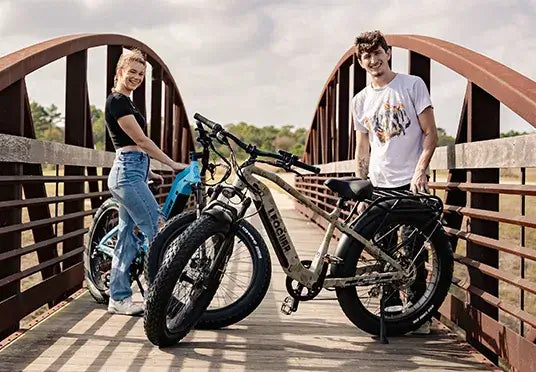
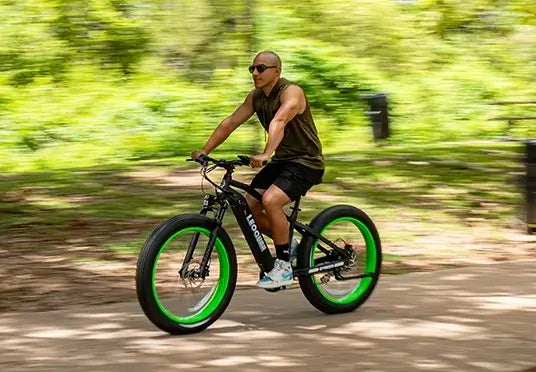
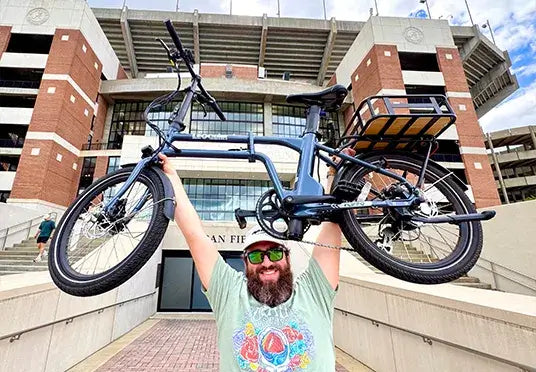
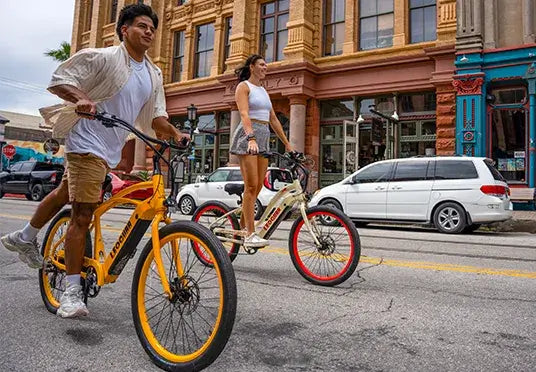
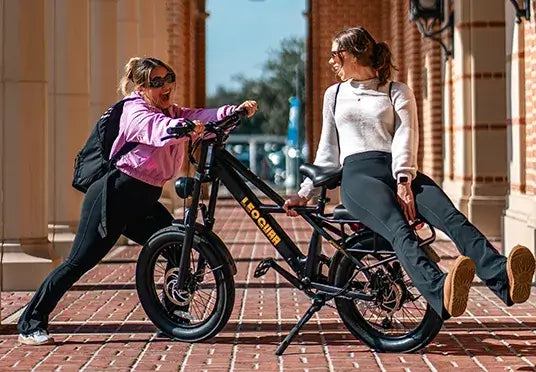
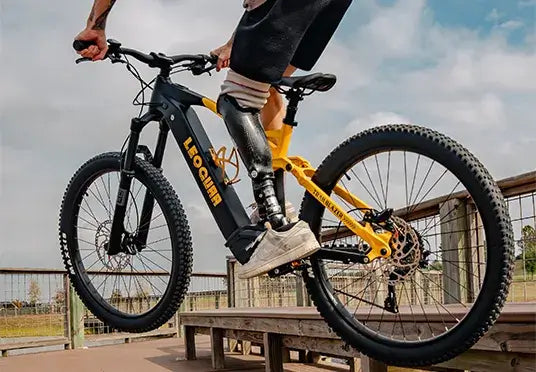

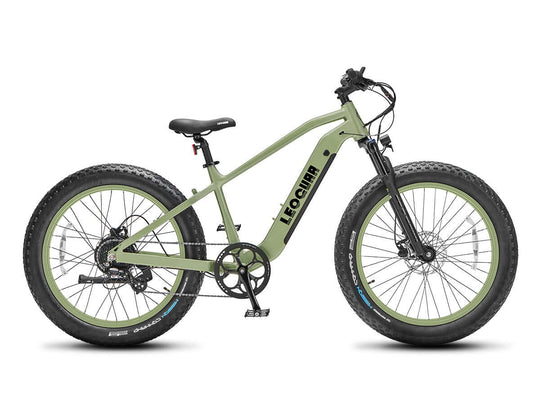
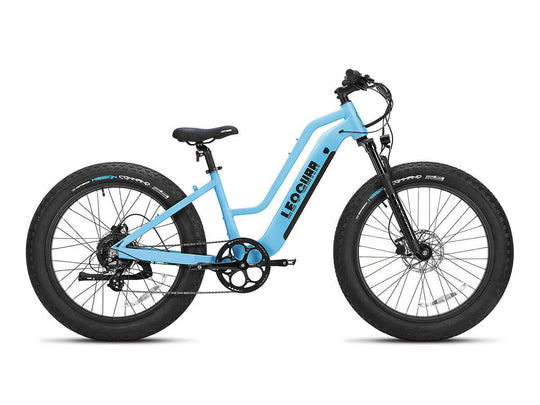
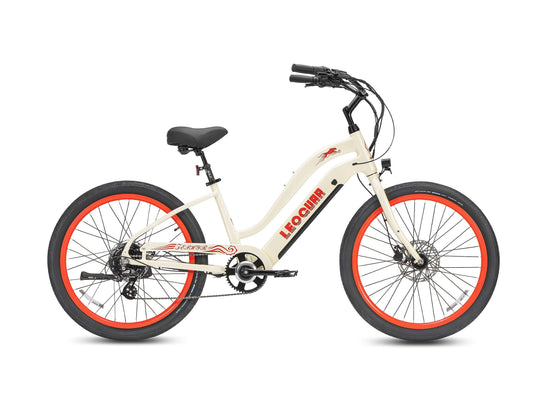
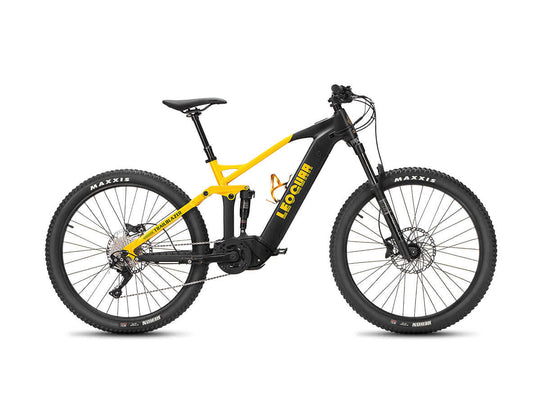
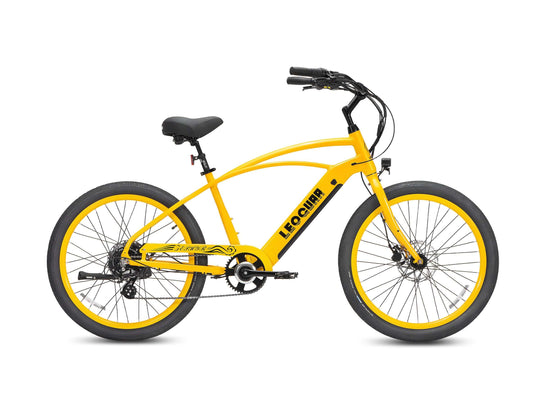
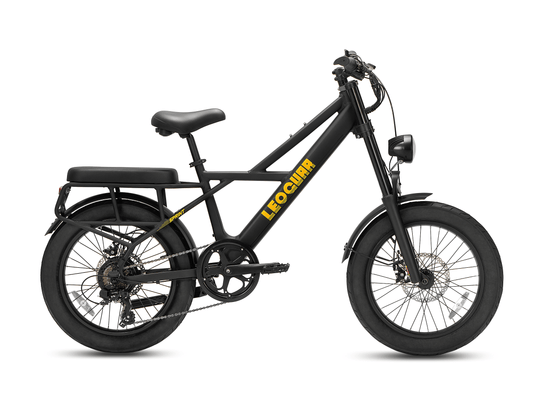

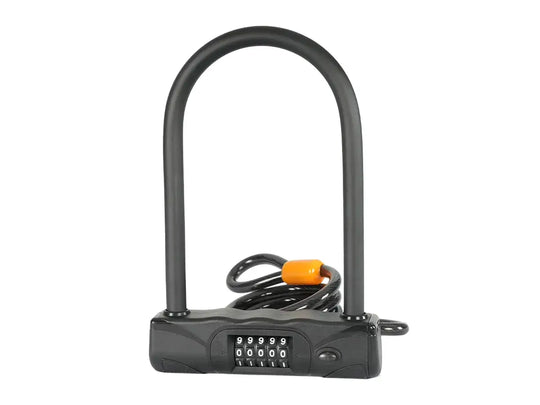
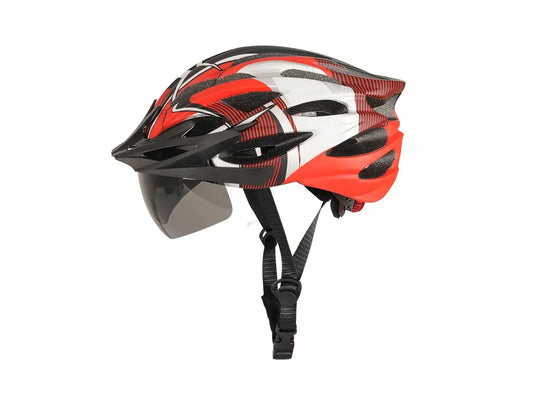
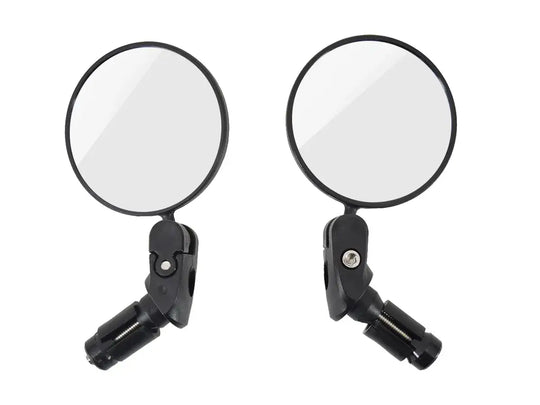

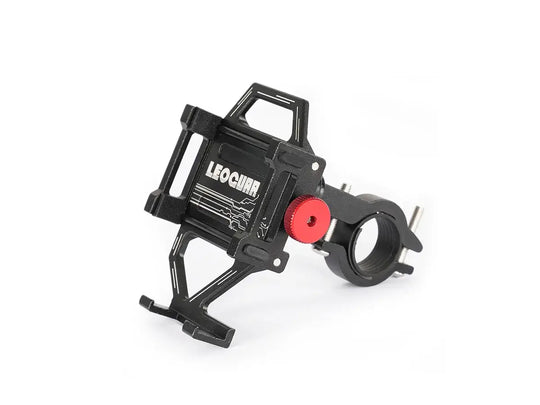
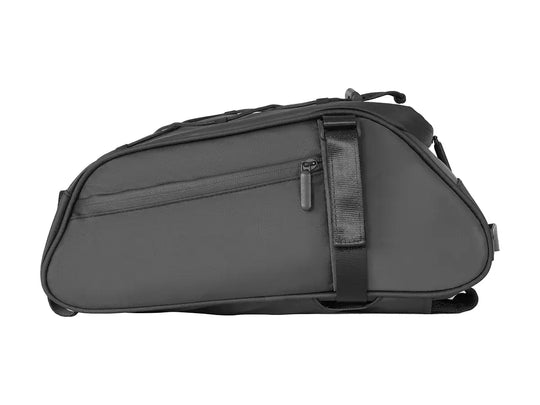
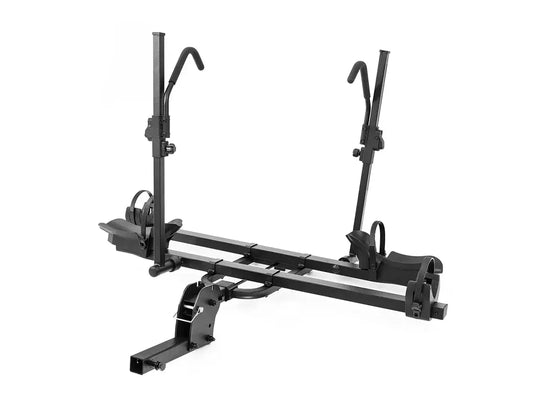
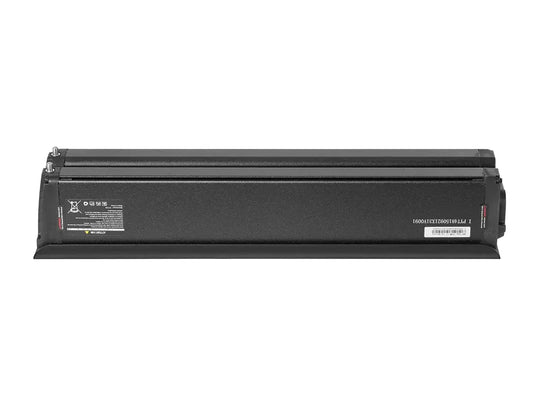
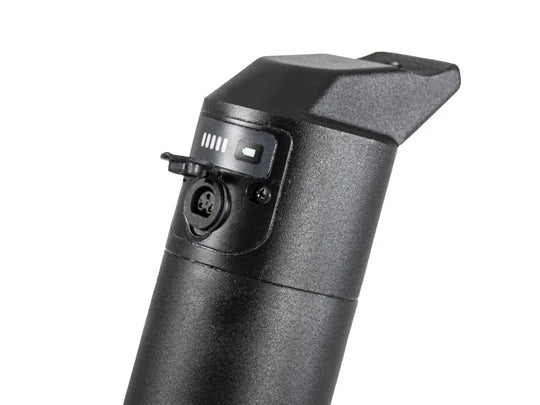
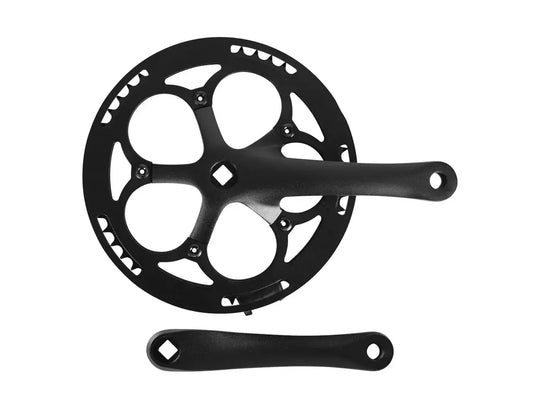
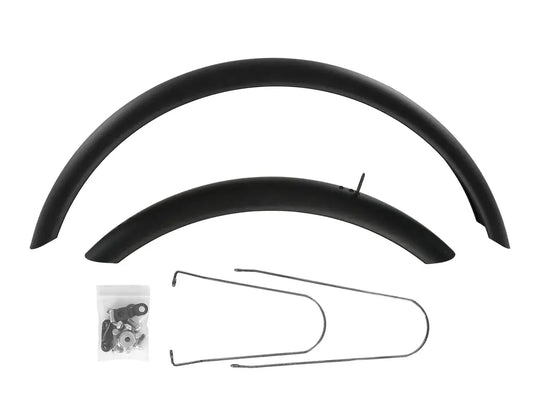
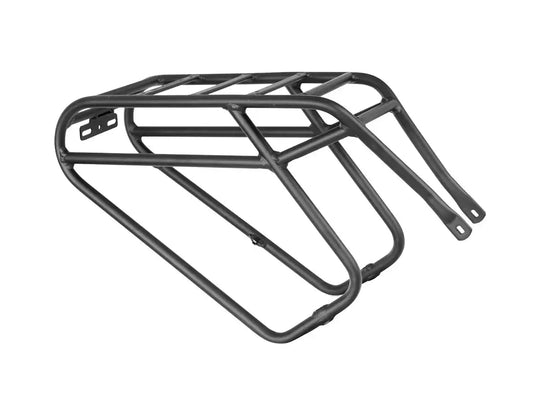
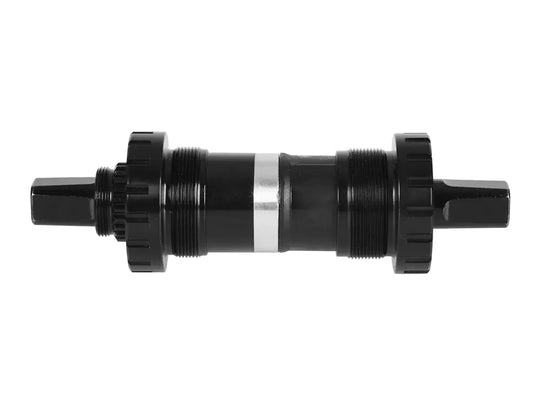
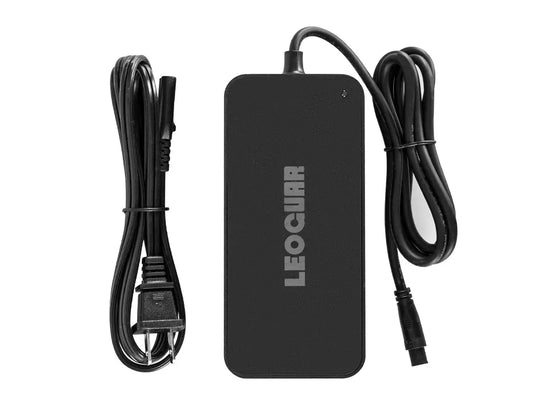
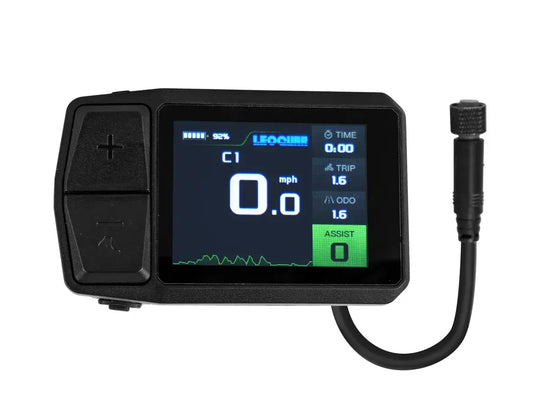
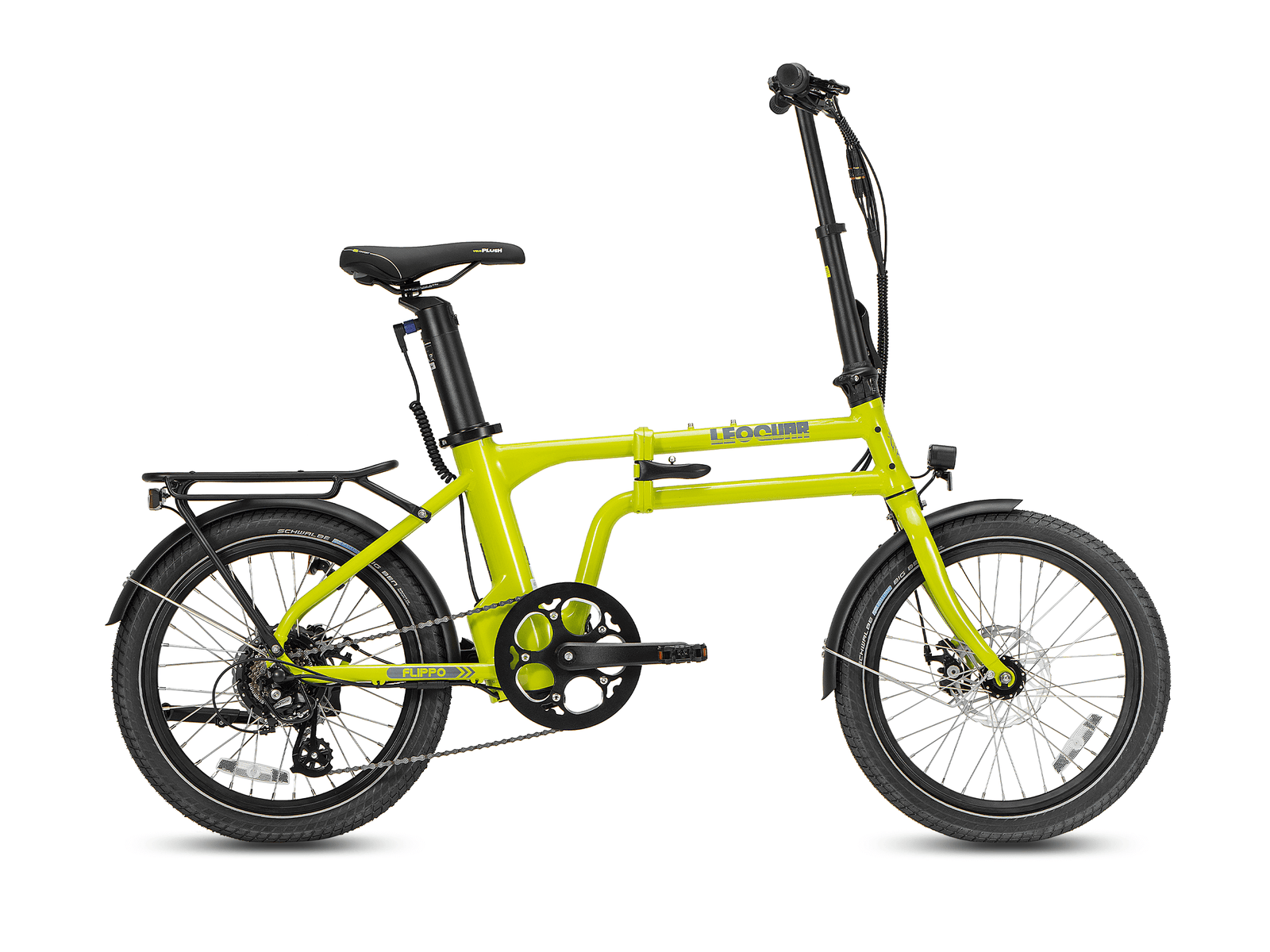








Leave a comment